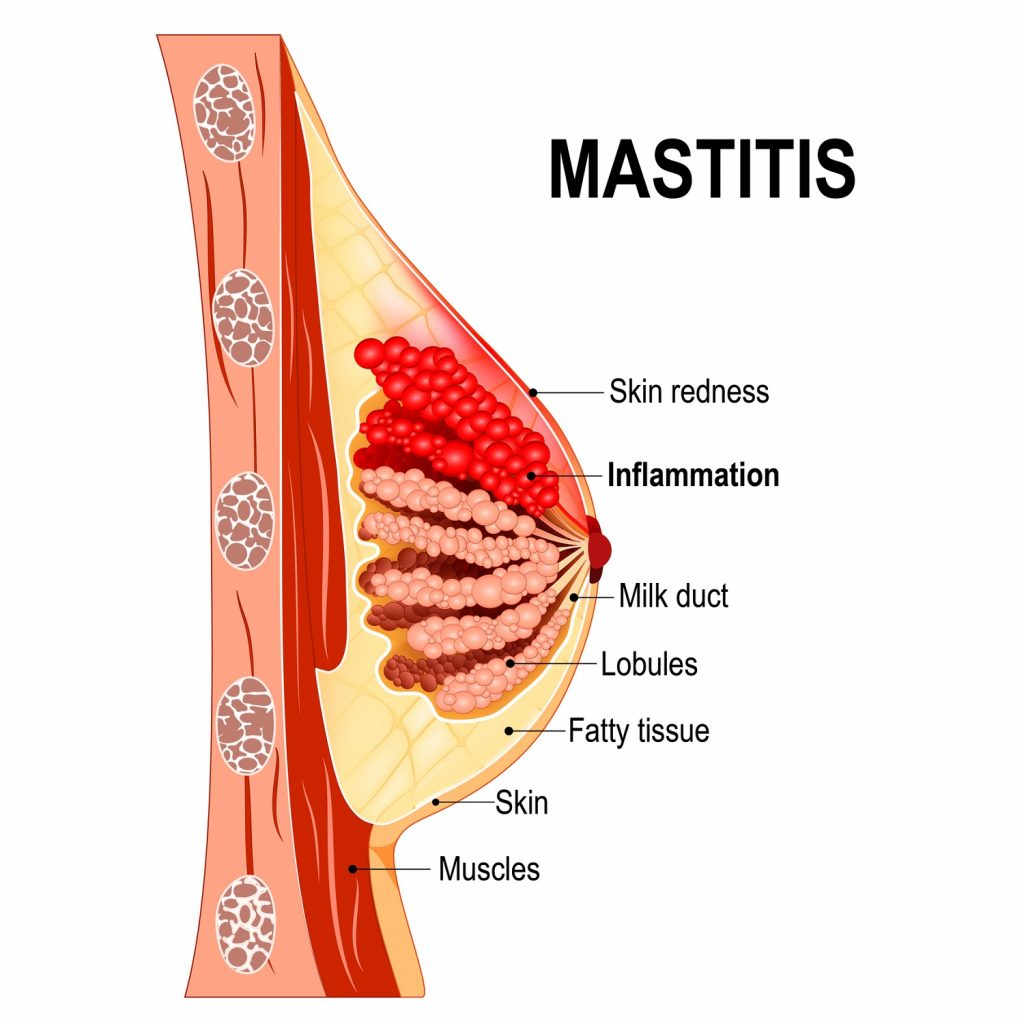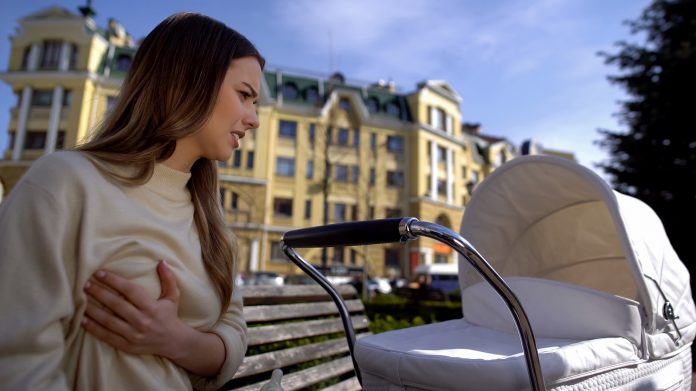When you’re breastfeeding your baby do your breasts get itchy? It might be a mild and uncomfortable sensation similar to that of pins and needles or is it severe itching that’s verging on the unbearable? If your breasts are looking slightly red or are very sensitive, or the skin has any signs of blistering, then read on.
There are a lot of different reasons that could be causing your breasts to itch and I’ll cover the most common here – but do remember that you should always contact your doctor, nurse or paediatrician if you’re at all concerned.
What Causes Itchy Breasts?
Some causes of itching are relatively minor – and can be remedied with the use of a simple moisturiser or ointment, while others are more severe and will need a checkup and the assistance of your paediatrician or doctor.
Sensitive Nipples
When it comes to breastfeeding, when you start it’s the first few days that are by far the most challenging and take a look at our article on avoiding sore nipples.
You’re using an already sensitive part of your body that is always protected from the elements and it’s especially your nipples in the first couple of weeks of your baby’s life as they learn to latch on and start sucking with a powerful instinct they’re born with.
Your nipples are likely to get cracked and uncomfortable as a result of the force of the sucking from your baby; in most cases, this discomfort will get progressively worse over the course of the first week before beginning to improve beyond that point.
It’s when the cracked skin on your breasts begins to heal that you will most likely suffer itching, which can sometimes be so intense that it will drive you completely potty (pun intended!).
Using Ointment to Hydrate
You might find relief using soothing lotion such as Lanisoh’s lanolin ointment and after each breastfeeding session, simply rub a little onto the skin in order to hydrate the are and avoid the skin cracking.
Relief Using Cooling Gel Pads
As well as ointments, cooling gel pads also provide relief from sore or cracked nipples and prevent them from sticking to your clothing and also avoids friction that could irritate them further. If, after a couple of week, you notice that you are still having issues with cracked nipples, the problem may be your baby’s not latching properly.
Stretched Skin
As you are breastfeeding, your breasts will go through a number of significant changes: they expand and contract many times throughout the day and they generate milk and then you feed your baby. These changes will eventually start to stretch and thin the skin and it’ll become more sensitive and more likely to itch.
Harsh Soap – Choose A Gentle Soap
If you’re suffering from itchy skin, take a look at the soap you use; some brands include chemicals (such as parabens) that could cause your skin to dry out – there’s a similar side-effect from very hot or very hard water. It’s easy to change soap or turn down the water temperature as you wash or shower, though it’s often very costly to fit a water softener to your bathroom.
Using Moisturiser
Applying moisturiser or lotion will often help but be very picky about the brand you use – it’s almost certain to come into contact with your baby so look for one with natural ingredients.
Let-Down or Milk Ejection Reflex
The milk ejection reflex, sometimes referred to as let-down, is sometimes also a cause of an itching sensation. Some moms feel this very acutely – almost like pins and needles – and some don’t feel anything. Unfortunately, there’s no easy relief from this and sometimes it will start to lessen but mostly you’ll just get used to the uncomfortable sensation.
Fungal Infection
A fungal infection, such as thrush, is one of the more significant factors that can lead to itching in the breasts. In its most basic form, it is an infection caused by a yeast that manifests itself on the breasts or the nipples.
Nipples that are red, blistered, or flaky, or if you’re in pain during and after a nursing session with your baby, or if you feel itching or burning, can all be a common symptom of thrush. You might find that this starts if you don’t properly dry yourself after you’ve finished nursing and the yeast infection might start to grow.
If you suspect that you have thrush, you must make an emergency appointment with your primary care physician – often you might be prescribed a course of antibiotic cream treatment to help clear up the infection.
It’s important that you get in touch with your doctor as your baby will also need to be examined because the infection might have spread from one of you to the other (and back again). If you notice white spots inside your baby’s mouth or if your baby seems fretful or agitated while feeding, it might have thrush in its mouth.
The good news is that yeast infections like this can be treated quickly and effectively in almost all cases. You only need to make sure that you catch it as soon as possible in order to prevent excessive discomfort. Again, your paediatrician can diagnose and prescribe the appropriate antibacterial medication for you and potentially also for your baby to clear this up.

Mastitis
In addition to fungal infections such as thrush that I’ve just mentioned, mastitis is another issue that you should watch out for.
Mastitis is an infection that can occur as a consequence of having a milk duct that is clogged. The breast tissue becomes red and swollen, you’ll feel discomfort and burning (sometimes itching), and there are symptoms similar to those of flu and you’ll feel exhausted and possibly have a fever.
If your baby’s not latching properly then there’s a chance that your breast is not being drained entirely during each feeding session which can then lead to the creation of a galactocele that is a buildup of milk that has not been expressed; this is then a cause of mastitis.
Most cases of mastitis will occur within the first six to twelve weeks after giving birth, though it is also possible for it to occur during the weaning process when there is again a buildup of milk that is not being expressed.
Mastitis should be taken seriously and can be dangerous, but it can also be avoided by ensuring that the breast is completely drained by using the correct latch and not rushing while the baby is feeding. If you feel that there is still milk in your breast after feeding, you can finish draining it by hand expressing or pumping the milk.
If feel a lump in your breast that you believe is due to a blocked duct, you can prevent mastitis by self-massage, which will help dislodge the lump and get your milk flowing normally again before infection can take hold.
Make sure you talk to your paediatrician or doctor and if they prescribe antibiotics you need to follow the course and the doctor’s instructions which normally means to continue breastfeeding your child even though it could be uncomfortable for you to do so.
In Conclusion
Itchiness of the breasts is a common complaint of nursing moms. As I’ve described, it can caused by a range of issues from simple and easy to resolve (like a harsh soap) through to significant and in need of medical attention (such as an infection or mastitis). And always contact your doctor or paediatrician if you have any concerns about what you are going through, just to be on the safe side.


